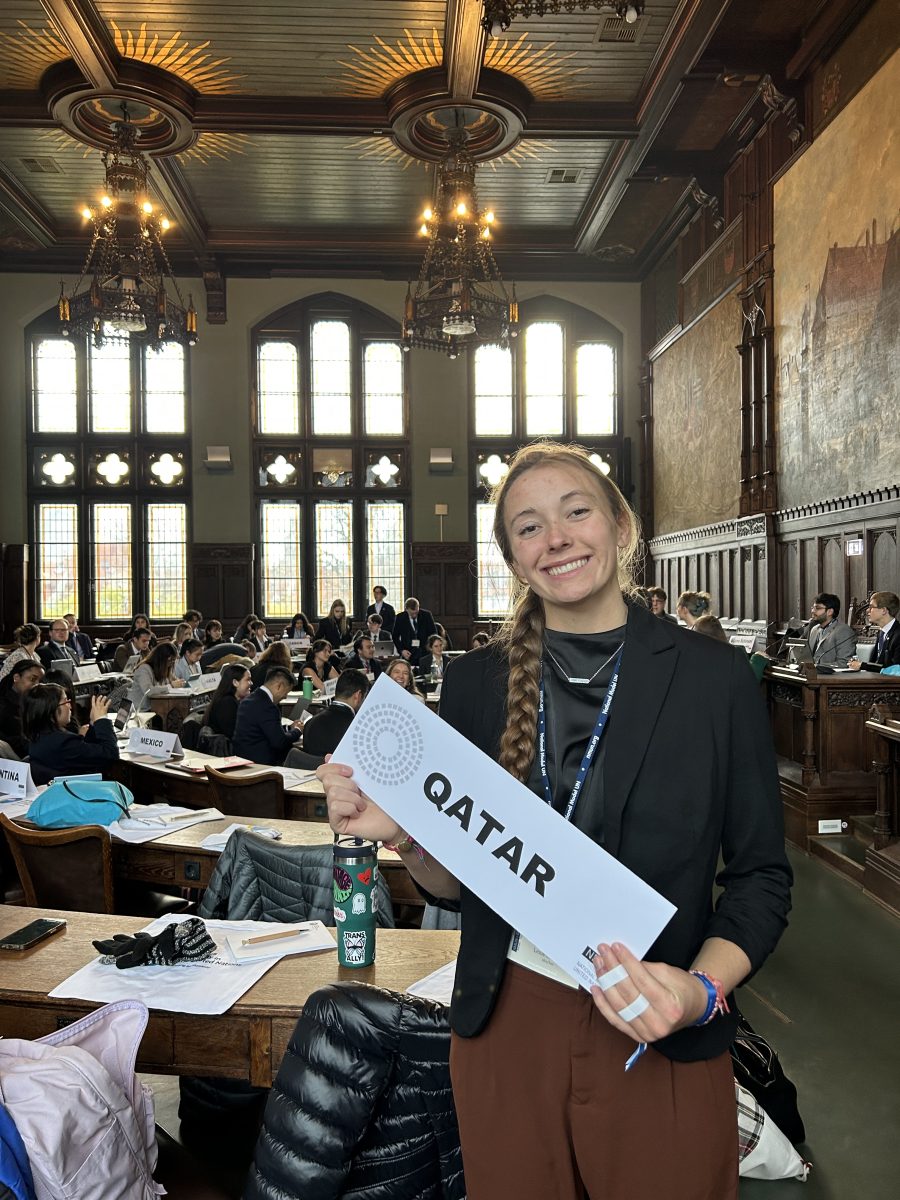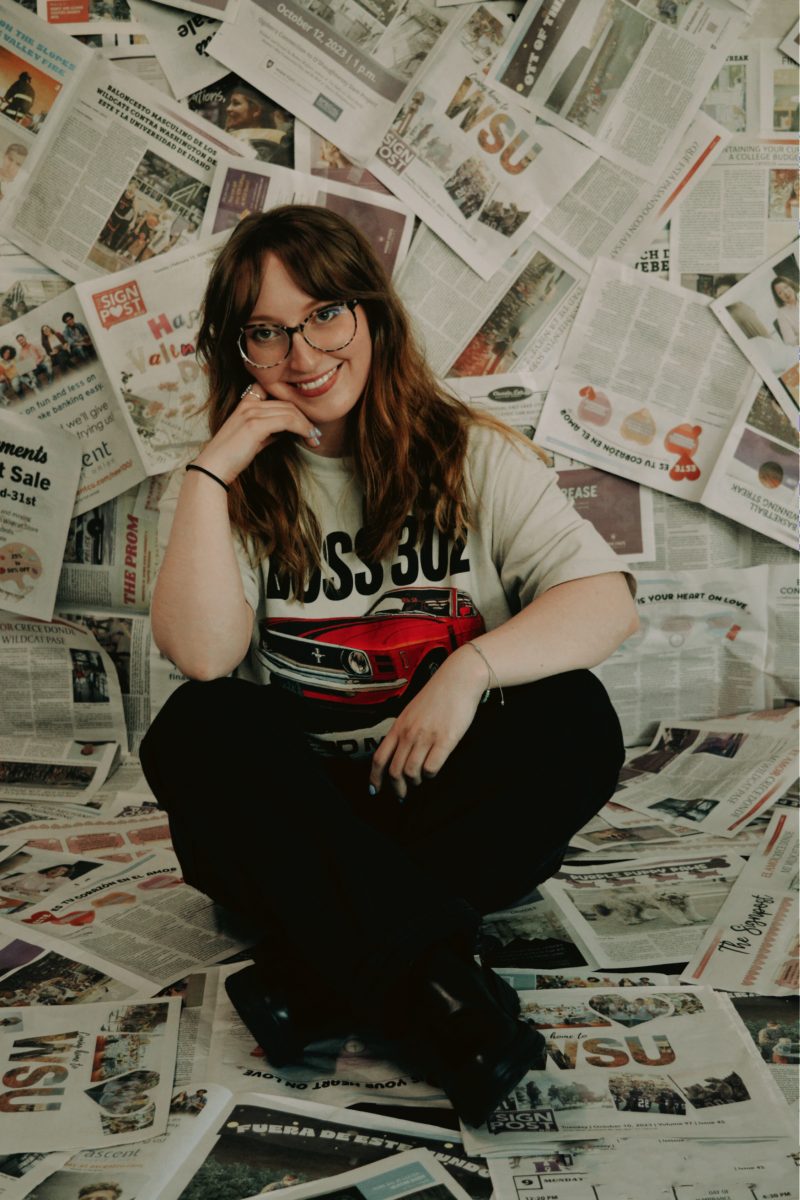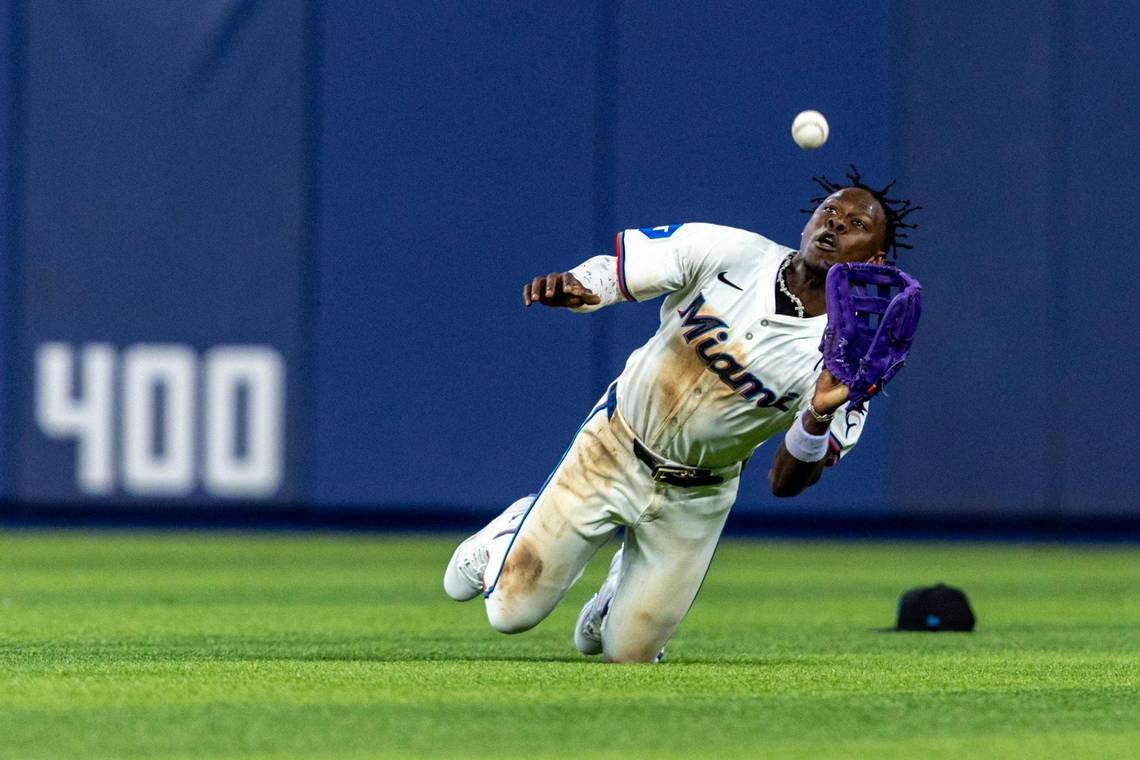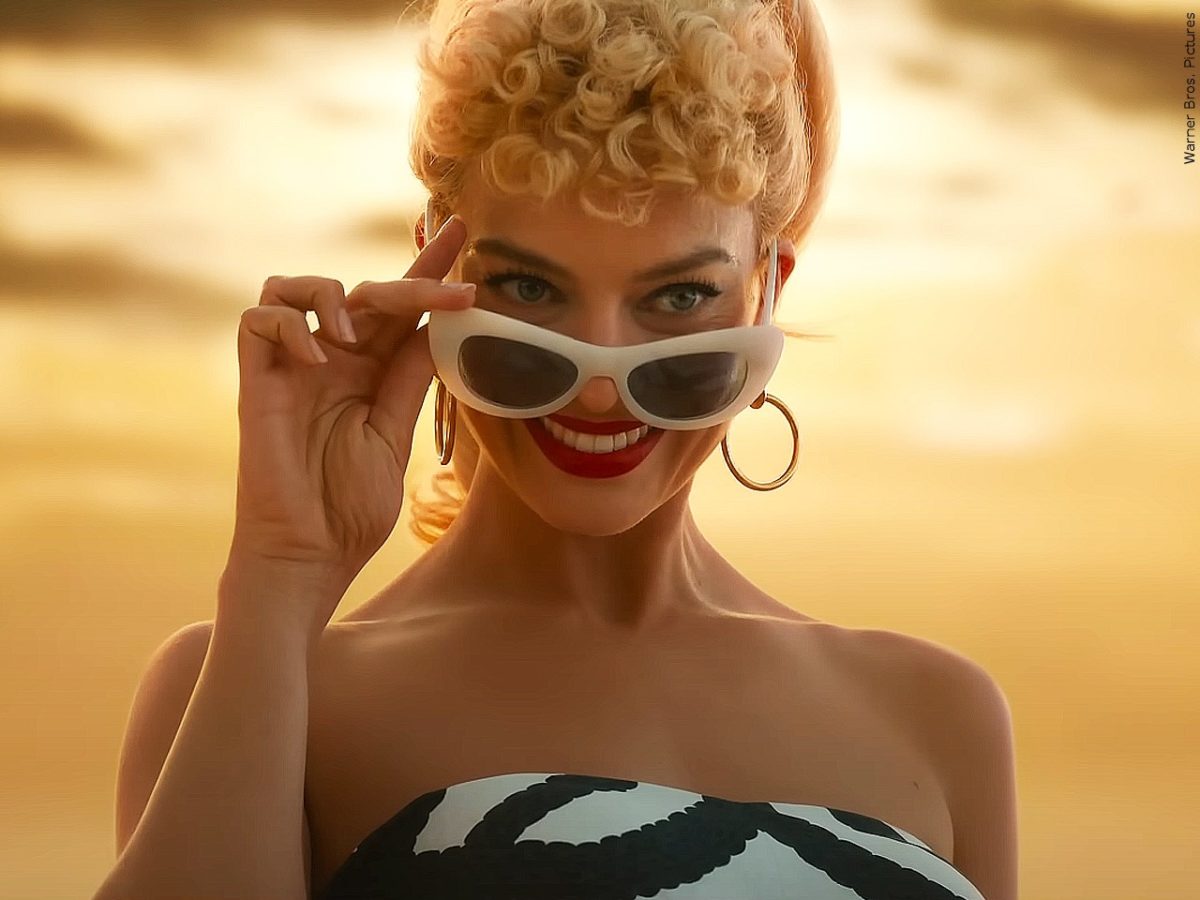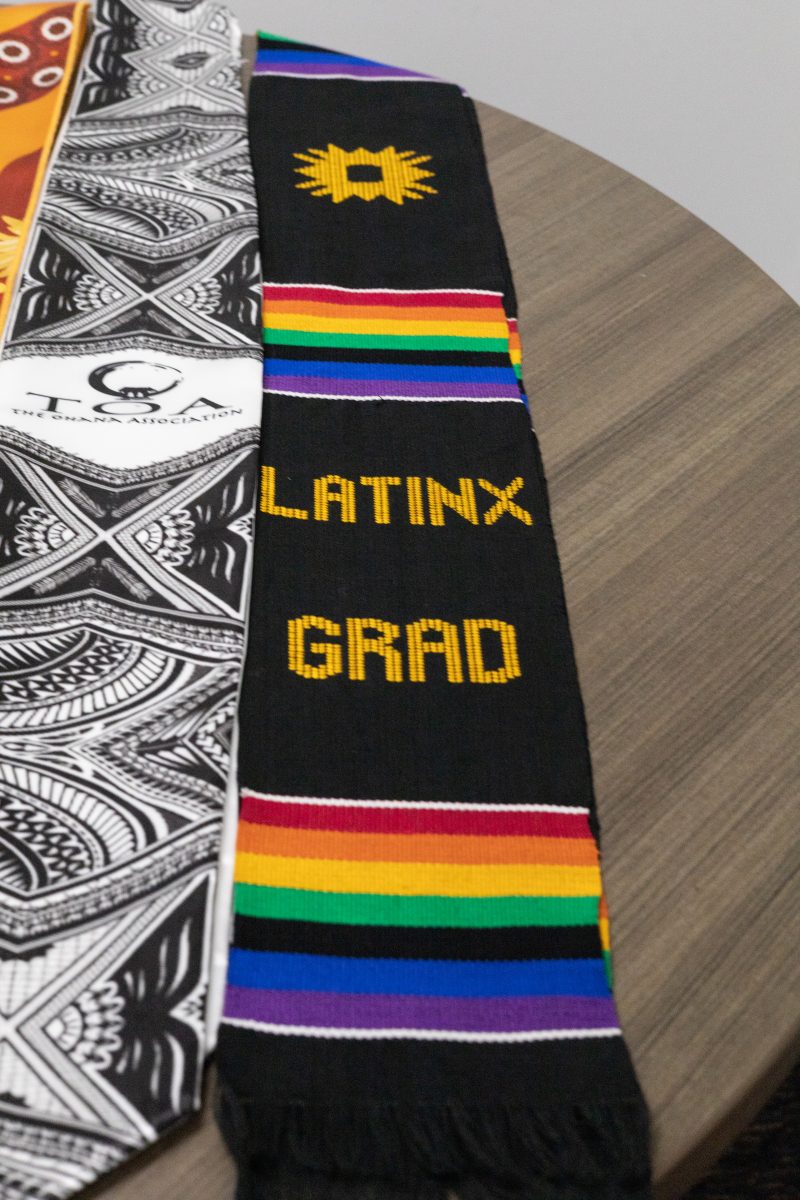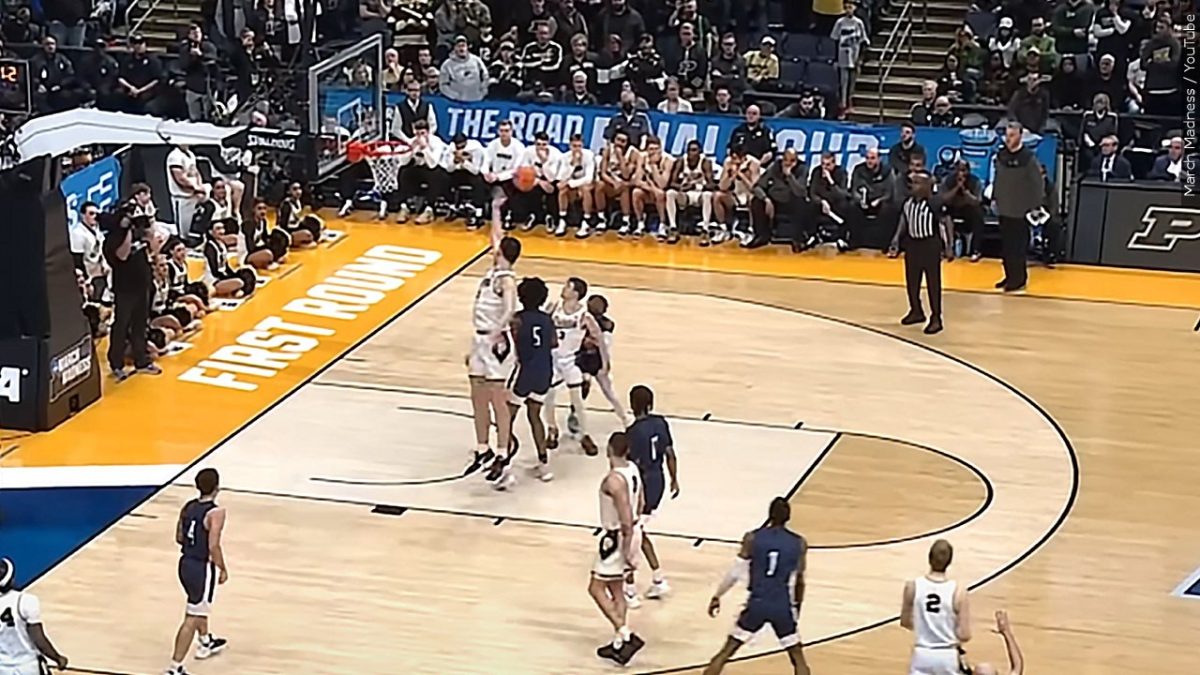“The depiction of acts in a sensational manner so as to arouse a quick, intense emotional reaction.”
Straight out of Webster’s Dictionary, this is one of the definitions available for someone searching the word “pornography.” I find this to be quite interesting, because the top definition listed was “the depiction of erotic behavior (as in pictures or writing) intended to cause sexual excitement.” That seems to fit the social image of the word a lot more. You say the word “pornography,” and many may be met with the schema of iconic “Playboy” magazines hidden discreetly in shoeboxes under beds on a vast shameful scale.
Right now, the war of censorship and free expression in all manner of content rages on. Because of the Internet, there is constant exposure to everything, and the First Amendment protects its right to be as explicit as it wants. So whether those nude photos are in the name of art or to sell just another issue of “Hustler,” they are allowed to exist just as much as any questionable media creation.
However, the difference between explicit art and straight-up pornography is the direct intent behind it. Adult magazines, videos and literature directly publicize the reason for their product. That content is created to satisfy definition No. 1 of pornography and “cause sexual excitement.” They utilize their right to exist as a business, but take on the repercussions of the restrictions involved. Such things as mere artistically explicit photography, art, film and literature are harder to pinpoint.
Most artists would take great offense to something obscene in their work being described as mere pornography, because there is usually an intent supporting their overall message behind it. Artists, since the beginning of time, have utilized the “shock value” angle in their work in order to attract interest to their message, and if that message needs sexual exploitation of any nature, then, apparently, so be it. People raising their pitchforks at art that offends their conservative ideals are seen as evil censorship enthusiasts to that free expression artists are trying to utilize, and people with opposing views fight for the right to control the content being filtered through their day-to-day lives, and so the cycle continues.
The key to all this is in the word “obscene.” Legally speaking, if a certain type of content is deemed as a form of obscenity (whether it be sexual, racial, or supporting any type of harassment and slander), the First Amendment no longer protects it, and it can be banned.
This leaves the decision up to the public to decide what is actually obscene.
I believe what it all comes down to is a sense of responsibility between both the artist and the audience. Art is a two-way street. If the intended message the artist is sending is explicit, they need to publicize that intent. Otherwise, the audience receiving the message may assume the art is another half-baked attempt at pop-culture-styled “pornography,” and a black label will be slapped across it.
There’s a certain responsibility in the mental mindset of the audience as well. As mentioned before, they do have a right to control the media they are exposed to, but at the same time, the world we live in now shields us from so little that it’s almost impossible to hide in a cave with nothing but our personal tastes for company.
So much art exists where the shock factor is a benefit, like nude pictures being taken for something like “National Geographic.” There are also performances, such as “The Vagina Monologues,” that use the explicit dissuasion of intimate issues to raise awareness and abuse of a worthy cause, yet they may be restricted by some folks who find offense in using terms for certain body parts that are anything less than anatomically correct.
It goes back to that first definition, since many things may be described as pornographic for the matter of pure emotional indulgence, even when sex has nothing to do with it. Example: the Food Channel . . . need I say more? Or does someone need to slowly drizzle melted chocolate over a six-tiered marble cake before your mouth starts to water at the idea of the moistness?
In the end, the artist needs to be responsible for the message they present. They need to own their intent, and they should preferably show them to audiences that will respond effectively to it instead of trying to shove it down the throat of everyone with its raciness. In turn, the audience needs to be responsible for the messages they intake, and may want to open their minds to the hidden meaning of the piece instead of shutting it down over what may have been five seconds of potential obscenity.



